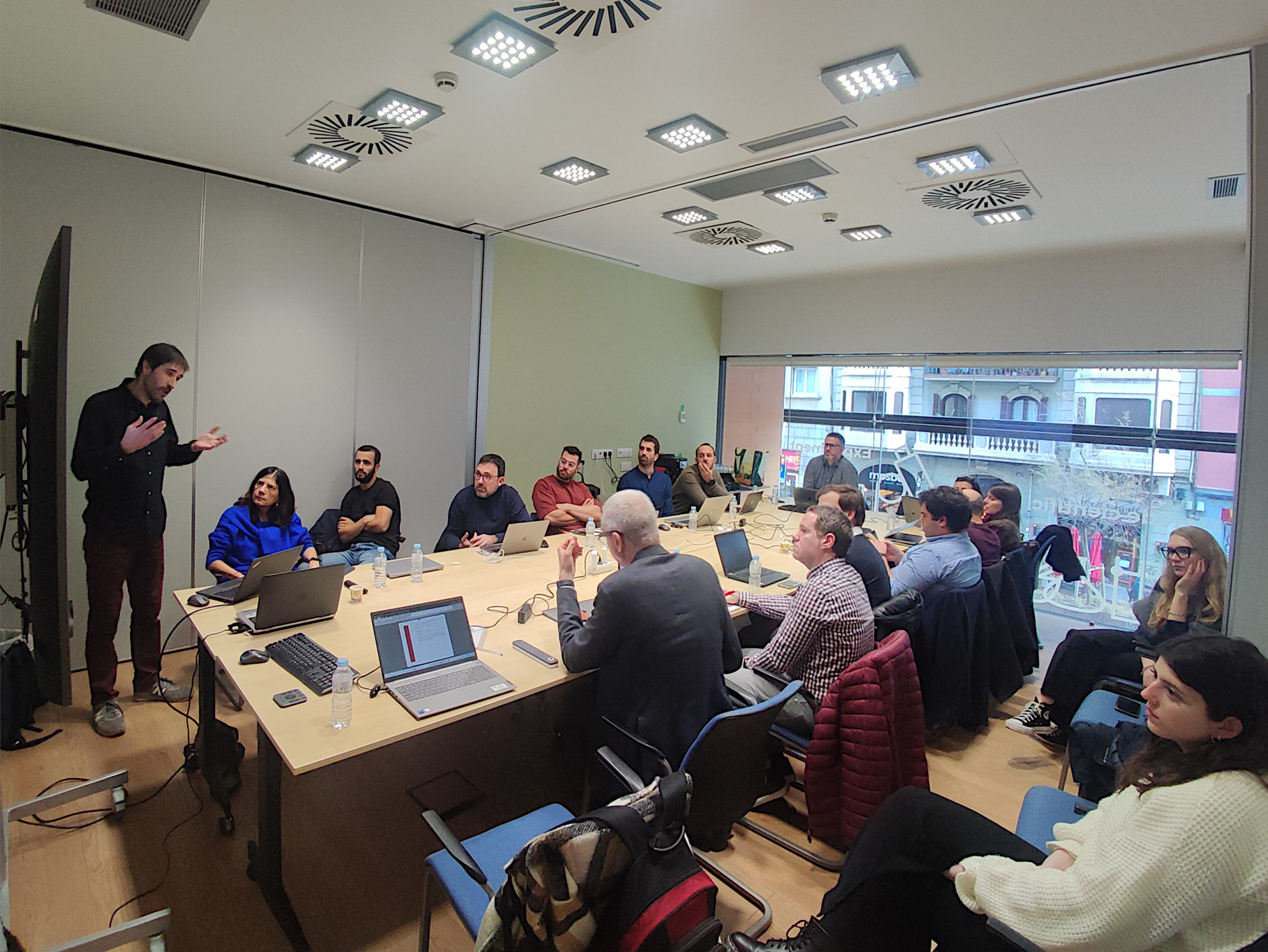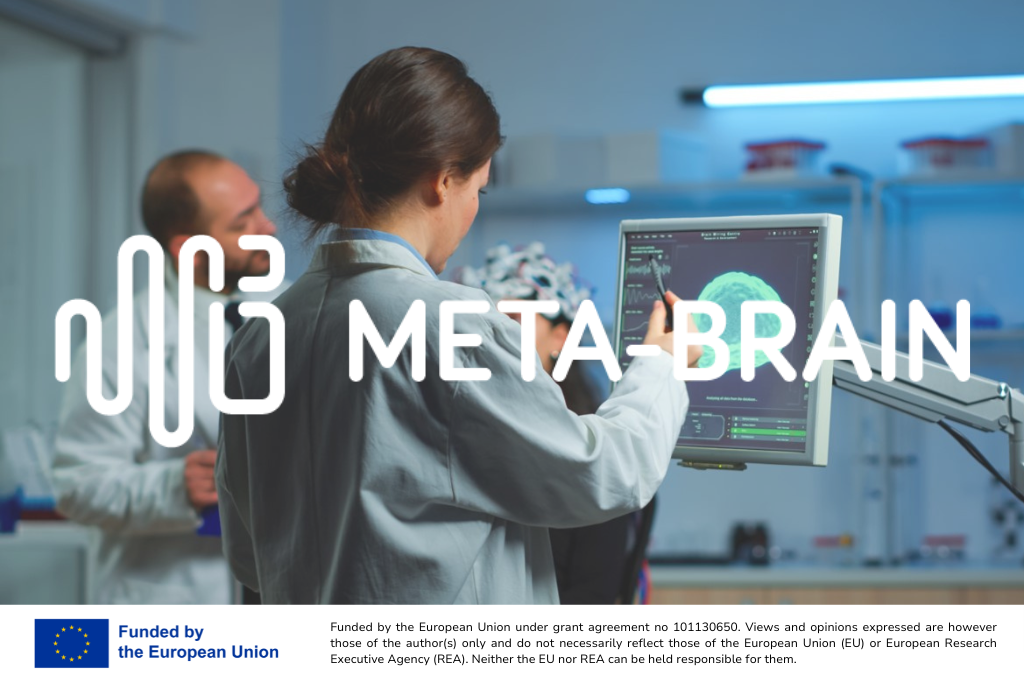Funded by the European Union, META-BRAIN project presents an innovative approach to controlling brain activity by means of nanotechnology, with reduced magnetic field requirements, wireless capability, and improved spatial resolution. This initiative focuses on exploring the potential therapeutic application of the proposed technology, aiming to address the urgent clinical demand for treatments capable of accurately controlling and restoring neuronal activity.
Expert partners in the fields of neuroscience, theoretical modelling, nanotechnology, novel materials, and clinical practice have joined forces under the META-BRAIN project —short for MagnetoElectric and Ultrasonic Technology for Advanced BRAIN modulation— with the aim of achieving precise control over brain activity patterns through the innovative application of remote magnets and ultrasound technology.
Under the leadership of the Spanish research institute IDIBAPS and the participation of GAB researchers Xavi Illa and Anton Guimerà, META-BRAIN introduces a pioneering stimulation paradigm with promising potential to restore normal brain activity patterns based on the use of magnetoelectric nanoarchitectures and ultrasound technologies. With ambitious objectives at its core, the initiative has been supported by the European Union under the Horizon Europe program with funding close to €3 million.

Kick-off meeting of the META-BRAIN project in the IDIBAPS CEK building.
Testing the proposed concept involves the ad-hoc fabrication of necessary technologies, including the system and all associated hardware and software components. To achieve this goal, META-BRAIN relies on the expertise of clinical partners and specialised companies in the production of brain interface devices. A consortium comprising seven partners from four European countries will guide the 36-month project towards success: Spain (IDIBAPS, Hospital Clínic de Barcelona, CIBER – Centro de Investigación Biomédica en Red and Zabala Innovation), Italy (Consiglio Nazionale delle Ricerche and its associated centres Istituto di Elettronica e di Ingegneria dell’Informazione e delle Telecomunicazioni and Istituto per la Microelettronica e Microsistemi), Austria (G.Tec Medical Engineering) and Switzerland (ETH Zurich).
The urge for a precise control of neural activity
Pathological alterations of neurological function, such as disorders of consciousness, stroke, epilepsy, depression, Parkinson’s Disease or traumatic brain injury, are commonly associated with alterations in brain rhythms and activity patterns. These neuropsychiatric diseases have the prevalence of 180 million people per year in the EU and it is increasing every year. Consequently, there is a pressing clinical demand for treatments capable of accurately controlling and restoring neural activity.
META-BRAIN is dedicated to achieving precise control over brain activity patterns by employing two innovative strategies: magnetoelectric nanoparticles and ultrasound remote brain stimulation. In order to improve spatial resolution beyond current technologies, META-BRAIN will explore the use of cutting-edge nanotechnologies like graphene micro-transistors and advanced innovations such as capacitive micromachined ultrasonic transducers. These methods will be tested with biological samples using minimally invasive techniques. Furthermore, the data collected and the corresponding theoretical models will be used to estimate the magnetic forces required for generating the desired spatial patterns and the electric field distribution due to different arrangements of nanoparticles.
The project aims to generate substantial evidence to demonstrate that the technologies and devices based in META-BRAIN have a quantified therapeutic value for patients. Additionally, it seeks to ensure scalability, biocompatibility, and compliance with all necessary international regulatory and approval certifications.
In essence, META-BRAIN heralds an entirely fresh approach by synergizing nanotechnology, nano- and microelectronics, cutting-edge materials, neuroscience, clinical neurology, and computational modelling. This convergence not only holds promise for therapeutic applications but also for sensory augmentation through brain interfaces.
More information in: meta-brain.eu
